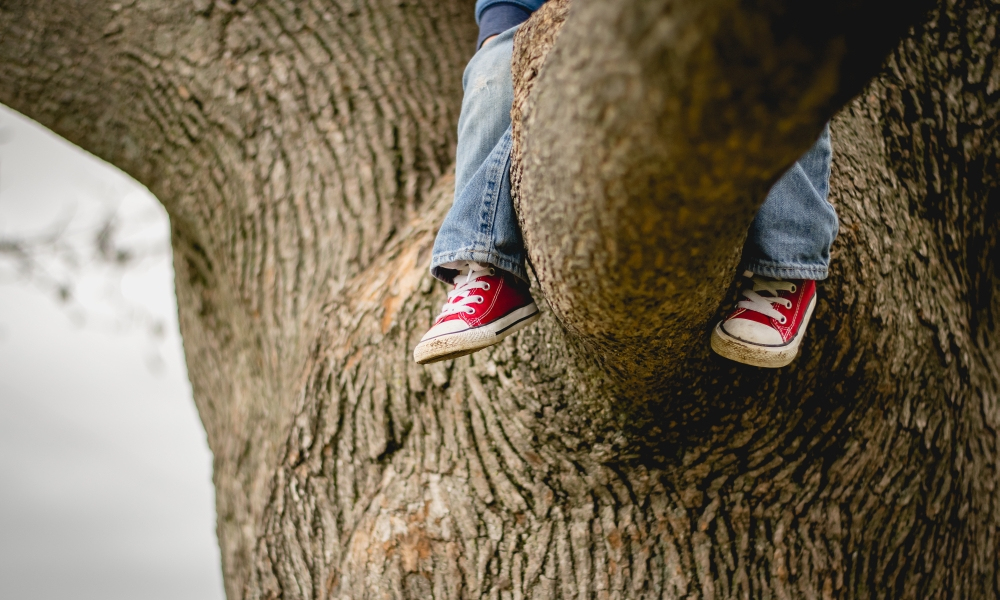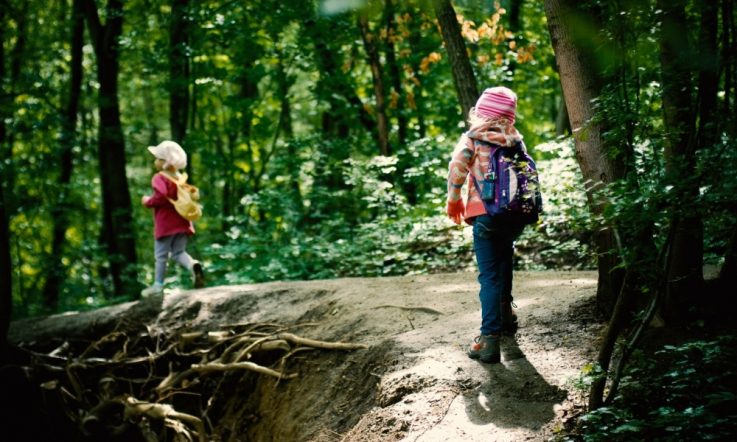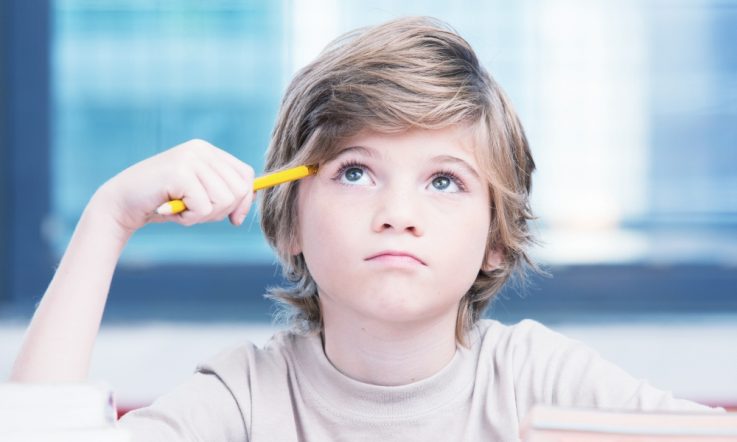The case for risk-taking in education is espoused by, among others, Professor Carol Dweck in her work on growth mindset. It also features in the Australian Early Years Learning Framework, and is one of 10 attributes in the International Baccalaureate learner profile.
Charles Sturt University's Mandy Cooke and fellow researchers are taking a closer look at how educators think about risk in early years education and therefore how best to support the development of confident, competent and resilient children from their earliest years.
When we think about encouraging risk-taking in the early years of school, what kinds of activities spring to mind? In their paper ‘Towards a re-conceptualisation of risk in early childhood education' – published in the journal Contemporary Issues in Early Childhood – Cooke and co-authors Sandie Wong, of Macquarie University, and Frances Press, of Manchester Metropolitan University, argue we need a broader view of risk.
Cooke notes that while children's engagement in risk-taking has been on the early childhood education agenda for the past 10 to 15 years, the research in this area has led to a predominant idea that beneficial risk in early childhood is an outdoor, physical play activity.
Although she is an avid outdoor 'risky-play' enthusiast, Cooke argues that a broad view of risk is needed – in line with the holistic approach of early childhood education. ‘Risk-taking is domain-specific. So, just because you take a risk to climb the tree doesn't mean you can take the social risk to ask someone to play,' she tells Teacher.
Cooke, Wong and Press argue early childhood education research and practice in this area should focus on a range of risk-taking. 'The conceptualisation of risk as a physical activity neglects the possibility that risk may be present in non-physical domains such as social, emotional and cognitive,' they write. ‘By clearly identifying social, emotional and cognitive risk-taking in our conceptualisation of risk, educators may be better equipped to plan for and support children's risk experiences.'
Cooke tells Teacher: 'I think the message for educators is that physical risk-taking is really easy to see; it's tangible. But there are two different kinds of elements of risk – objective risk and subjective risk.
‘Climbing a tree is the objective risk, but the subjective risk is whether the person climbing the tree feels that there's risk in that [climbing]. And it's often really easy to see the subjective risk – so, when the child's in the tree, they are going “I'm a bit worried about this. Can you help me?”
‘In other kinds of risks – social, emotional, cognitive risks – it's not always so easy to see either the objective or the subjective element in it. So, educators might not be so aware of how the children feel, whether they are feeling that this is a risky experience.
‘If educators are not aware of the social, emotional, cognitive risks that are possible, then they're not necessarily helping children to take risks or reduce risks in the way they need to… finding the right amount of challenge.'
However, reflection upon non-physical risks in early years education does take place in some settings. Educators have told the researchers about their observations of risk-taking when children are negotiating friendships.
‘So the classic example – and I have a beautiful photograph of it – of three boys who were sitting on a mat with some construction equipment and two of them are playing closely together and the third one leant over and said “can I be your best friend?”,' Cooke says. ‘And that's their way of saying “Can I play with you?”. And the other boys looked at each other and then looked back at him and said “no”.'
In their journal paper, Cooke, Wong and Press highlight non-physical concepts of social, environmental and emotional risk put forward by another early childhood researcher, Zoi Nikiforidou, who describes ‘the risk of not recycling, the risk of eating sweets excessively, the risk of not sharing with peers' (Nikiforidou 2017). They also point to the concept of ‘risk literacy' as being a child's readiness ‘to accept failure, to achieve success, to take initiatives, to become self-competent, to develop probabilistic and statistical thinking, to confront uncertainty and in turn to face the challenges of modern risk society,' (Nikiforidou, Pange, & Chadjipadelis, 2012).
Cooke, Wong and Press say previous research has acknowledged the holistic nature of children's experiences. ‘[When] a child takes a physical risk, such as learning to ride a bike, there may be additional social and emotional risks involved.
‘However, we argue that the dominant focus on physical play has neglected specific attention towards possible social, emotional and cognitive risks such as asking a friend to play or contributing ideas to a conversation.'
References
Cooke, M., Wong, S., & Press, F. (2019). Towards a re-conceptualisation of risk in early childhood education. Contemporary Issues in Early Childhood. https://doi.org/10.1177/1463949119840740
Nikiforidou, Z., Pange, J., & Chadjipadelis, T. (2012). Risk literacy in early childhood education under a lifelong perspective. Procedia-Social and Behavioral Sciences, 46, 4830-4833.
Nikiforidou, Z. (2017). Risk literacy: Concepts and pedagogical implications for early childhood education. Contemporary Issues in Early Childhood, 18(3), 322-332.
How do you encourage your students to take risks? Does this tend to happen in outdoor or physical play? Do you encourage your students to take risks in their work? What about social and emotional risks?



